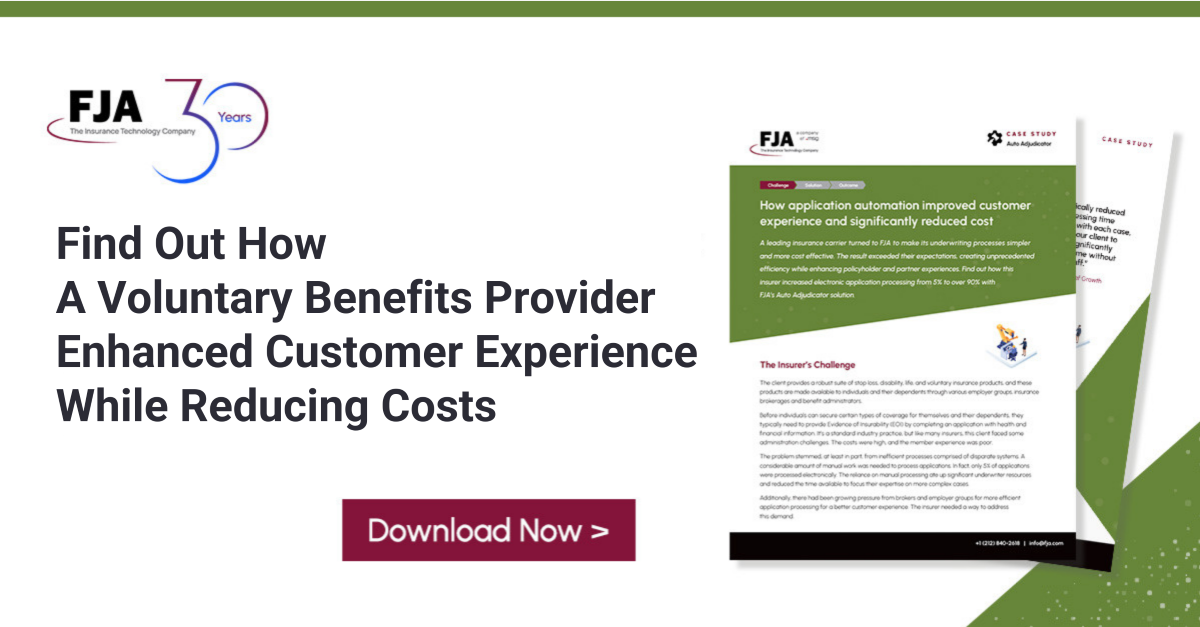In the world of health insurance, documentation is both a regulatory necessity and a persistent operational challenge. As the industry faces mounting pressures—from evolving compliance requirements to shifting member populations and new legislation like the One Big Beautiful Bill Act (OBBBA)—the ability to produce timely, accurate, and accessible documents has become a defining factor for success.
The Documentation Dilemma
For many insurers, the process of creating and maintaining documents such as Summary of Benefits and Coverage (SBCs), Annual Notice of Change (ANOCs), and Evidence of Coverage (EOCs) is a logistical maze. The stakes are high: these documents are not only required by law but also serve as the primary means of communicating plan details and changes to members. Yet, the path to producing them is often fraught with obstacles.
Operational Pain Points:
- Manual, Error-Prone Processes:
Despite advances in technology, many insurers still rely on manual data entry and repetitive workflows. Each regulatory update or plan change can trigger a cascade of edits across multiple documents, increasing the risk of errors and delays. - Siloed Systems and Data Inconsistency:
Disconnected platforms for underwriting, portfolio management, and documentation make it difficult to ensure data consistency. Teams often struggle to track document versions or reconcile conflicting information, delaying critical processes and impacting key timelines. - Multiple Data Sources and Conflicting Information:
Perhaps the most persistent challenge is the proliferation of data sources—plan details, rates, group data, claims, regulatory requirements, and member preferences often reside in disconnected systems. This fragmentation leads to conflicting data, which can be a nightmare for document generation, resulting in inconsistencies, compliance risks, and member confusion. - Complex Benefit Configuration:
The intricacies of plan design—deductible commingling, out-of-pocket maximums, and plan-specific rules—require accurate configuration of business rules. Without standardized, flexible tools, these complexities can overwhelm even the most experienced teams.
Regulatory and Compliance Challenges:
- Strict Adherence to Standardized Models:
Federal agencies like the CMS mandate precise templates and language for documents such as ANOCs and EOCs. Even minor deviations can result in penalties, making compliance a moving target. - Frequent Regulatory Updates:
Requirements for SBCs and ANOCs are updated regularly, demanding constant vigilance and rapid adaptation. - Layered Compliance Landscape:
Insurers must navigate a patchwork of federal and state laws, maintain detailed audit trails, and ensure accessibility for all members—a task that has only increased in complexity.
The New Realities: Member Churn
Compressed enrollment windows and increased member churn mean that insurers must be more agile than ever. The traditional approach—manual updates, siloed systems, and last-minute scrambles—simply isn’t sustainable in this environment.
Charting a Path Forward
The industry’s pain points are well-documented, and the need for change is clear. Leading insurers are rethinking their approach to documentation, seeking solutions that offer:
- A Single Source of Truth for Configuration and Document Generation:
The FJA Product Machine Platform stands out by centralizing all configuration and document generation data. By consolidating plan details, regulatory requirements, and business rules, into one authoritative source, the platform eliminates the confusion and risk that come from juggling multiple, conflicting systems. This single source of truth ensures that every document—whether an SBC or an ANOC reflects the most current, accurate information. - Dynamic, Data-Driven Templates that adapt to shifting plan data and regulatory requirements.
- Automated Data Integration for real-time accuracy, reducing manual intervention and the risk of errors.
- Scalable Output across channels and formats, ensuring timely, compliant outreach as membership fluctuates.
- Flexible Template Management and no-code interfaces, empowering business users to respond quickly to changes without IT bottlenecks.
- Centralized Management and Robust Audit Trails to simplify compliance tracking and reporting.
A Modern Example: Doc Engine and the Product Machine Platform
One example of this new generation of documentation solutions is the FJA Doc Engine, powered by the Product Machine Platform. This platform is designed from the ground up to address the industry’s unique challenges. By leveraging a single source of truth, Doc Engine ensures that every document is generated from the same, up-to-date configuration—eliminating the inconsistencies and compliance risks that plague traditional approaches.
With this foundation, insurers can:
- Rapidly generate and update high volumes of accurate plan documents like ANOCs, SOBs, benefit summaries, and member booklets
- Meet compressed enrollment deadlines with flexible, business-user-friendly tools.
- Reduce operational strain through automated testing, version control, and real-time validation.
The impact is tangible. For instance, a regional health plan using FJA Doc Engine and its companion FJA Submission Engine was able to submit its Medicare Advantage bid ahead of schedule, avoiding dual data entry and reducing errors. Side-by-side comparison tools helped validate changes and ensure compliance, demonstrating how a single source of truth can deliver both efficiency and peace of mind.
Looking Ahead
As regulatory demands grow and member expectations evolve, the insurance industry’s approach to documentation must keep pace. The future belongs to organizations that can combine compliance, agility, and operational excellence—delivering clear, accurate, and timely communications at scale.
By embracing platforms like the FJA Product Machine Platform and rethinking legacy workflows, insurers can not only meet today’s challenges but also position themselves for long-term success in a rapidly changing landscape
Related Posts
July 10, 2025
How Self-Service Options Can Boost Plan Engagement and Satisfaction
Now that consumers have grown accustomed to instant, 24/7 services, they are…
July 7, 2025
How Insurers Can Appeal to Generational Preferences to Boost Member Satisfaction
When health plan members need help, they want to be able to use the…
June 26, 2025
How Employee Benefits Education Impacts Health Plan Satisfaction
Health insurance is complex, and the average person often struggles to…



